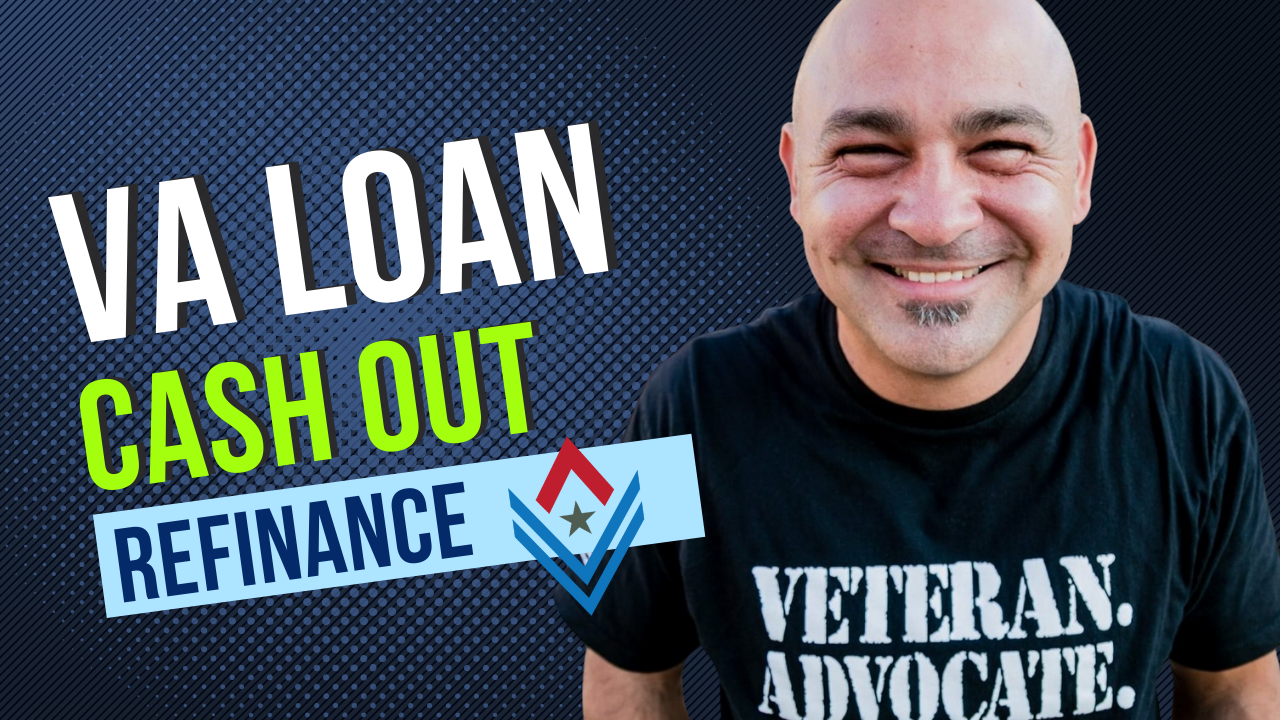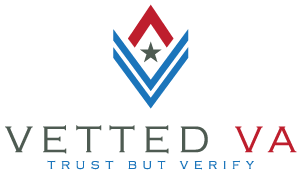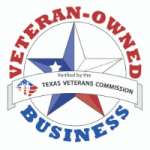VA Loan Refinance Options – an Overview
So today I’m going to cover a little bit of basics on the cash out refinance and how that works for our benefit. Leroy Romero here from Phoenix, Arizona. I’ve been part of Vetted VA since June 19th, 2019.
So today I’m going to cover a little bit of basics on just a cash out refinance and how that works for our benefit. So here’s kind of our objective. What options do we have with the cash out? What is the cost versus the benefit of using the equity in your home? You know, with the current market trend and then leveraging mortgage debt wisely.
Great Things About the VA Cash Out
So one of the great things about the VA cash out right is that it used to be 100%. It’s still 100% cash out, which is great, but there’s something really important that happened back in October of 2019, where we were having a run off in the Ginnie Mae pools and that caused an issue with Ginny Mae. And so we actually got kind of held back a little bit from our V.A. benefit as Veterans to do 100% cash out.
So there was what’s called an LLPA. And this is super important because when you go over 90%, which includes the funding fee if you are not a disabled veteran, you are now kind of restricted or penalized for going above that 90% loan-to-value.
And so they came out and said, Hey, look, most lenders, we’re going to do a 1.75% or up to two percentage points if you go over 90%. So it’s very crucial that when you work with a professional that you really look at those numbers from a tangible benefit standpoint and financial benefit.
Does it really make sense to pay that extra 2% if you’ve got a net equity position to hit your goals to actually stay below that 90% loan to value? So if it doesn’t and you’re able to tap into that equity because you’ve got debt, a medical debt or college funds or whatever you want to utilize your equity position for. Does it make sense to go over the 90% super crucial? I would love to see that come back to 100%. I think that that’s a very valuable thing that we’ve always had as a benefit.
But as we have some lenders out there that abuse that VA loan or what’s called churning, we’re going to start to see some of those benefits actually strict. And we saw that with 100% cash out VA options.
Restoration Process
So, all right, restoration and how it works. When you go to restore your VA loan. I have a VA loan right now and I want to pull cash out through 90% loan-to-value up to $100,000 of equity. But I got $50,000 of debt and all my 0% credit cards just went to 27%. I gotta get out of that mess, and so I’m going to utilize that cash out benefit option. And so it’s a really easy thing. There’s just a button that we click. It’s called a one time restoration for a cash out refinance. I get a new VA amount that I can use, which replaces my old VA loan for my total entitlement.
Now, if you have a free and clear property, life’s been great, paid off your house fast, you’re loving it. However, you have no lien on your first property or no first lien on your property or second lien on the property. Unfortunately, you can’t actually use the VA cash out option. There does need to be a lien, a maintenance lien could be one way to do it.
So you’ll see my notes here. I talked about the loan-to-value, the Ginny Mae pools and how that happened in October of 2019.
So now you want to be careful in this and you want to always do the math when you’re done with cash out refinance, you do pay that subsequent fee when you’re utilizing the cash out option. And so that can be expensive. So an expense meaning is it more expensive than $50,000 of 22%? Probably not, right? So utilizing and making sure that you do the math because you do pay that funding fee back to the VA. Again, it’s not like the streamlined refinance where it’s only a half a percent.
Service connection disability of 10% or more? Good to go, no funding fee. Again, the path is always math. You’ll hear me say that a lot in my videos because you really want to break it down to see where it makes sense for you financially.
Mortgage appreciation, mortgage debt–super important. You’ve got installment debt versus revolving debt. And when you have revolving debt that that actually moves up into positions of 20 to 24, 29%, whatever it is, when you have installment debt, you’re going to attack the principal. And that’s why it’s important to be able to use your equity position not like your credit card for your house–that’s not what we’re wanting to achieve in this. We want to achieve the goal of obviously financial freedom and who will like no revolving debt and you want to watch that equity kind of like you would watch your 401. OK, so good debt is a powerful tool, but bad debt can kill you.
On the last little part on here is just a recap time. You know, leveraging good debt; if you don’t change your habits, none of it matters, right? So if you’re spending a lot of money or if unfortunately, if you came across an accident, you know, those things are a little bit harder, but you want to make sure that you leverage the good debt versus the bad debt in a cash out refinance.
Thanks.





